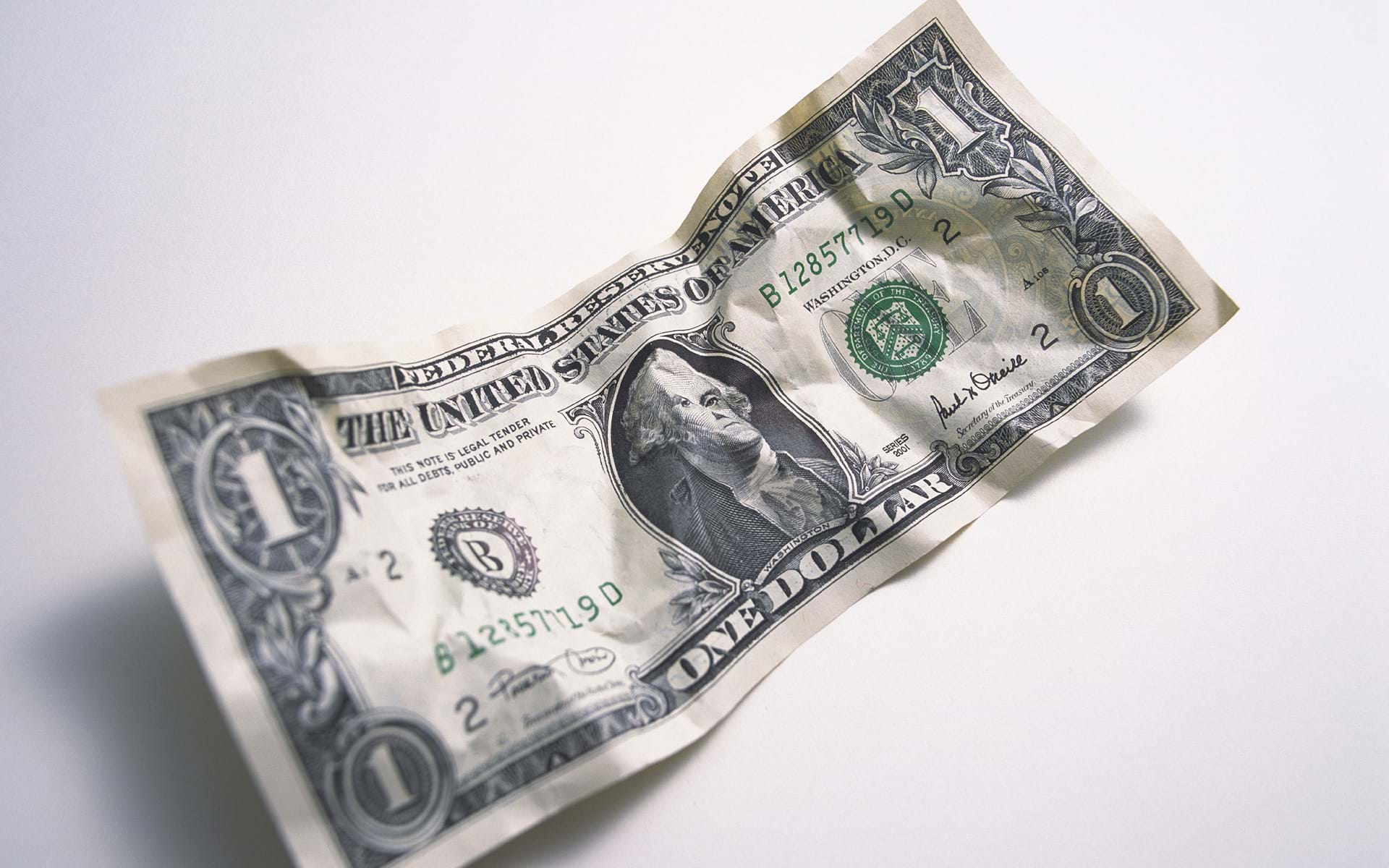You have probably heard the old real estate adage – location, location, location – meaning the location of your house has a great impact on price. The same theory holds true for other investments. Where you hold your assets is almost as important as the assets themselves. Investments grow through interest, dividends, and/or capital gains. In general, interest is paid on bonds and savings accounts; dividends are paid on stocks; and capital gain is the profit you earn when you sell an asset for more than you paid for it. Unfortunately, interest, dividends, and capital gains are each taxed differently, so ensuring investments are held in the proper accounts can maximize your after-tax return. In short, interest earning assets should be in tax-efficient accounts while capital assets in taxable accounts.
Take Control of Your Tax
Currently, long-term capital gains are taxed at a maximum rate of 15% for the highest tax brackets and zero for the lowest two tax brackets. Conversely, interest and some dividends are taxed at ordinary tax rates which are higher. You cannot control when a bond pays interest or when a stock pays a dividend, so the tax liability is out of your control; however, you do choose when to sell a stock and thus incur capital gains. Therefore, you can control your tax liability by holding capital assets such as non-dividend paying stocks in your taxable accounts and income producing assets, such as bonds and dividend paying stocks, in your retirement accounts.
Keep It Simple
If you own commodities, as any well diversified investor should, you most likely own them through a mutual fund or ETF; if you own physical commodities, see section on Make Your Gold Shine. Most commodity funds are structured as partnerships, which means that at the end of the year, you will receive a K-1 statement from the partnership showing your share of the partnership’s profits/losses. The K-1 must be entered into your tax returns and can increase your tax preparation costs and complication. One way to avoid having to report a K-1 and still own commodities is to buy them in your retirement accounts. You will still get a K-1 at the end of the year, but there will be no tax ramifications.
Make Your Gold Shine
If you invest in gold, silver, or other similar assets (i.e., stamps, wine, rugs, etc.), the IRS considers these collectible items. The tax rate for these collectibles is a flat 28% if held long term and at your ordinary rate if held less than a year. These unique tax rates still apply even if you hold these investments in an ETF. Since such investments have less favorable tax rates, it would be wise to hold them in an IRA instead of a taxable account.
Be Tax Efficient
REITs are required to distribute 90% of their taxable income to shareholders, which means they generate a high yield; therefore, REITs are more appropriate in a retirement account. In addition, some interest, like those on certain municipal bonds, are exempt from state and federal income taxes, thus making them ideal to hold in a taxable account. Recognizing the type of income received (interest, dividends, or capital gains) and how it is taxed will help you determine where to hold those investments to ensure the most tax efficiency.

















